|
|
 |
|||
| 2012 |
|
|||
|
Policies
and Practices 56 The Chronicle of a Forgotten Movement: 1959 Food Movement Revisited The beauty of social/protest movements based on genuine (felt by a large number of people) grievances is that they create a relatively autonomous space for people’s action – sometimes peaceful sometimes violent – which cannot be fully controlled or ‘contained’ by any leader or organisation (no matter, how powerful they are). They possess the capacity to spread horizontally like a rhizome – a subterranean stem that assumes diverse forms of bulbs and tubers in all directions. A rhizome has specific uniqueness yet connectivity. Borrowing from Deluze/Guattari, we may describe the popular protest movements as ‘rhizomatic’ (Deluze and Guattari 2004:3-28) because the spirits of genuine protest movements, despite their singularities, move across different times and spaces and continues to ignite the minds and actions of new protestors.
Essay by
Sibaji Pratim
Basu |
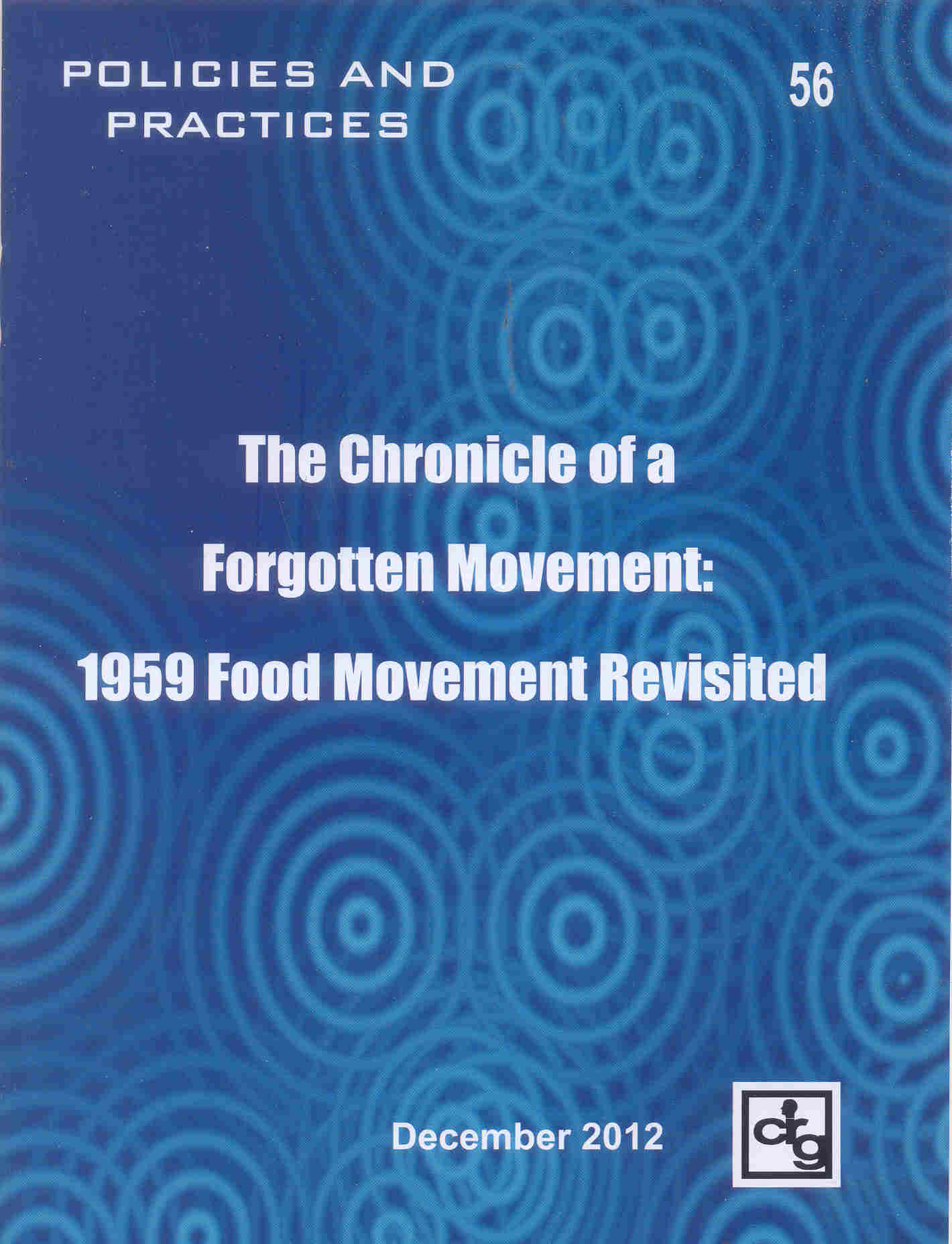 |
|||
|
Policies
and Practices 55 Financialisation, Labour Market Flexibility, and Global Crisis
The present paper is an attempt to pose the question of global
finance as is imminent in what is today known as the
financialisation process vis-a-vis labour in the global
capitalist development. The current global crisis will remain at
the focus of our attention while we study this
inter-relationship. In our rendition, globalization, global
capitalism, neoliberalism and financialisation are distinct but
mutually inter-related processes. Development will not take
place, as is claimed by the proponents of neo-liberal
globalization, unless the domestic economy fails to attract
foreign capital. And foreign capital would not come unless the
economy becomes a free-market economy bereft of any government
control and regulation – a laissez-faire economy. Competition
should be the mantra for market economy to flourish. To sustain
competition firms need to be cost efficient, which has a clear
message for the labour, labour regime and labour rules for
neo-liberal globalized economy – that is flexible labour.
Essay by
Byasdeb
Dasgupta |
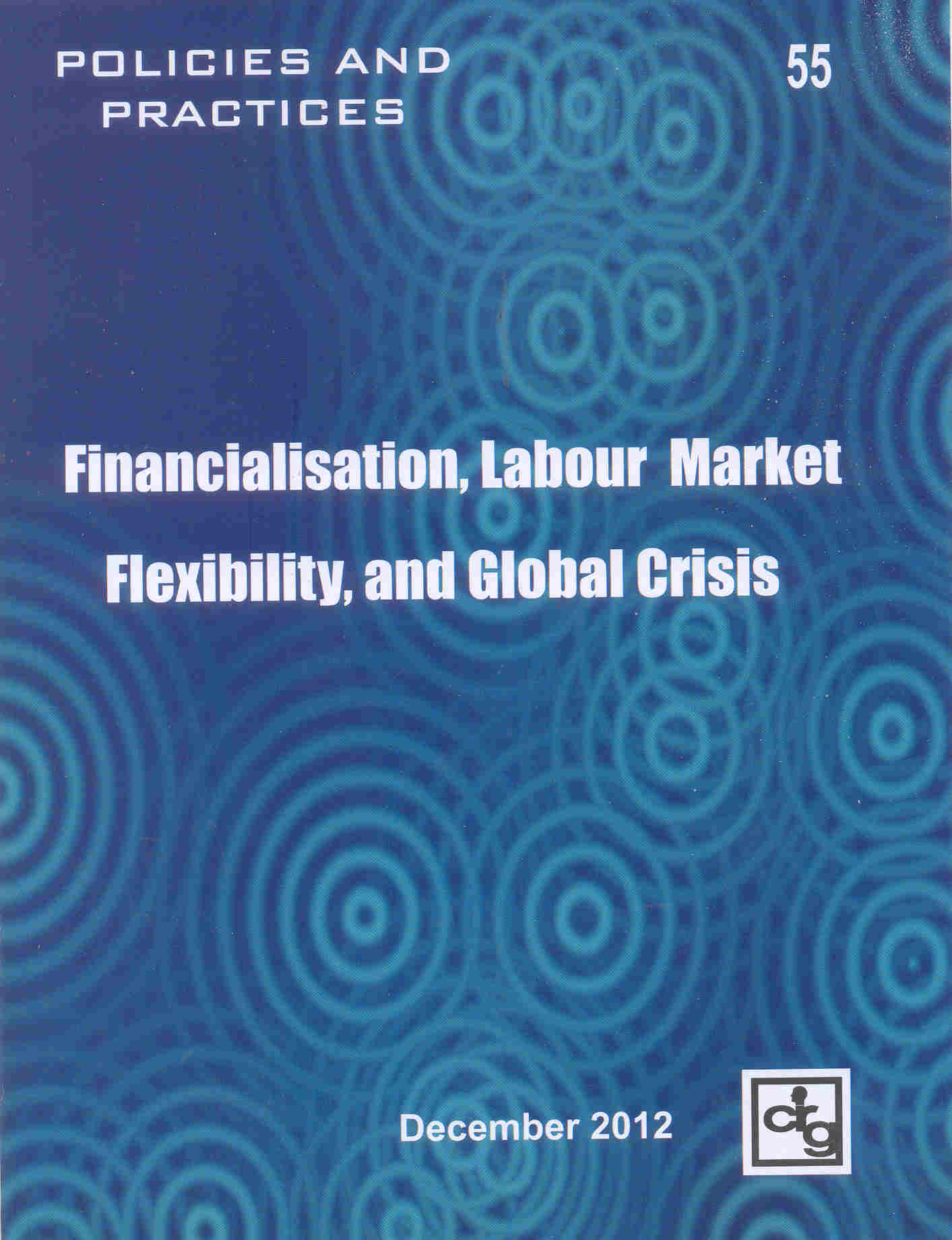 |
|||
|
Policies
and Practices 54 Bengal Border & Travelling Lives
This paper talks of the arbitrariness of the Radcliffe Line and
its implications on the people living in the Bengal Borderland -
its effect on their daily lives, their participation in the
border-making process, insecurities of both the states and their
measures to tackle the border. Through stories and anecdotes
discovered in the old government files and IB reports, this
paper gives a glimpse of how the territorial division was
actually happening on the ground and how people were
gradually being incorporated within the fold of ‘partitioned
times’.
The paper discusses the possibility of looking at the persistence of the refugee question in West Bengal as a set of ‘dispersals’ and ‘accumulations’ that are structured by the material network of settlement spaces generated out of the interaction between the refugee population and the changing directions of state policy concerning refugee rehabilitation. In the course of laying down a suggestive narrative based on interviews of several erstwhile camp dwellers; now settled in the gram panchayat areas presently bordering the Barasat Municipal area; the paper attempts to foreground the existence of a ‘circulating population’. The paper tries to bring into focus a mobile and flexible set of controls that both captures and mobilises the said population. Essays by Anewesha Sengupta & Himadri Chatterjee |
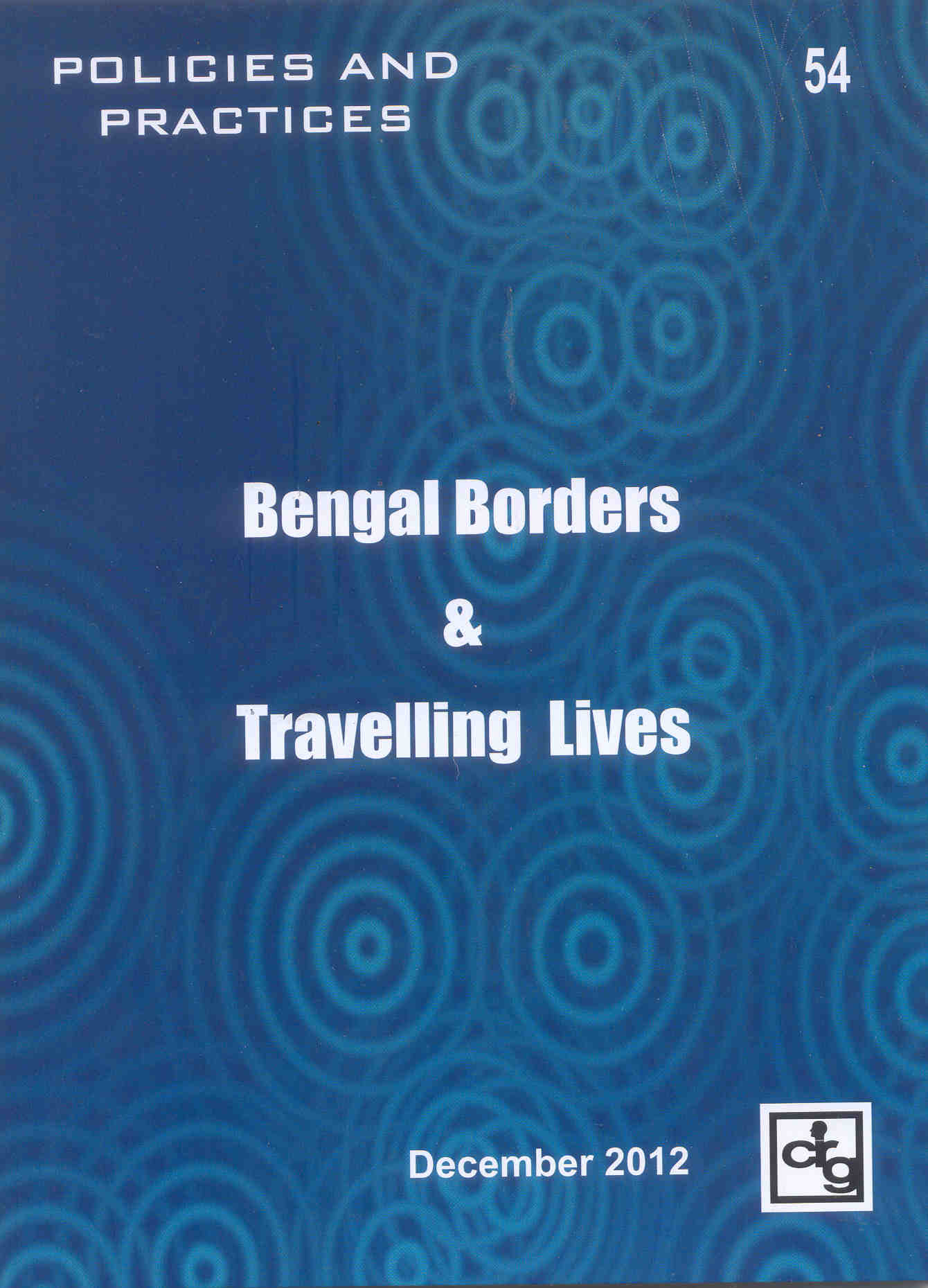 |
|||
|
Policies
and Practices 53 Government of Peace This paper analyses the negotiations of the women in Nagaland with a state that traditionally privileges patriarchal values. In their negotiations with the state the women undertook many innovative actions to fight violence and traditional injustices and create a more just society. The women’s groups in Northeast India have been instrumental in redefining security, be it their fight to repeal AFSPA, ensuring food security, ensuring securitization of life and livelihood through patrolling the neighbourhood and resorting to non-violent dialogues with the underground movements and the army, and creating innovative ways of engaging with the governments or fighting for the women’s land rights and reservation of seats for the women in the elections. Through their activism they have made the state realise that upholding their cause will help the cause of justice and peace. Women’s engagements with conflict and peace in Nagaland have transformed the traditional definitions resistance and thereby have serious impact on both gender roles and governance.
Essay by
Ranabir Samaddar |
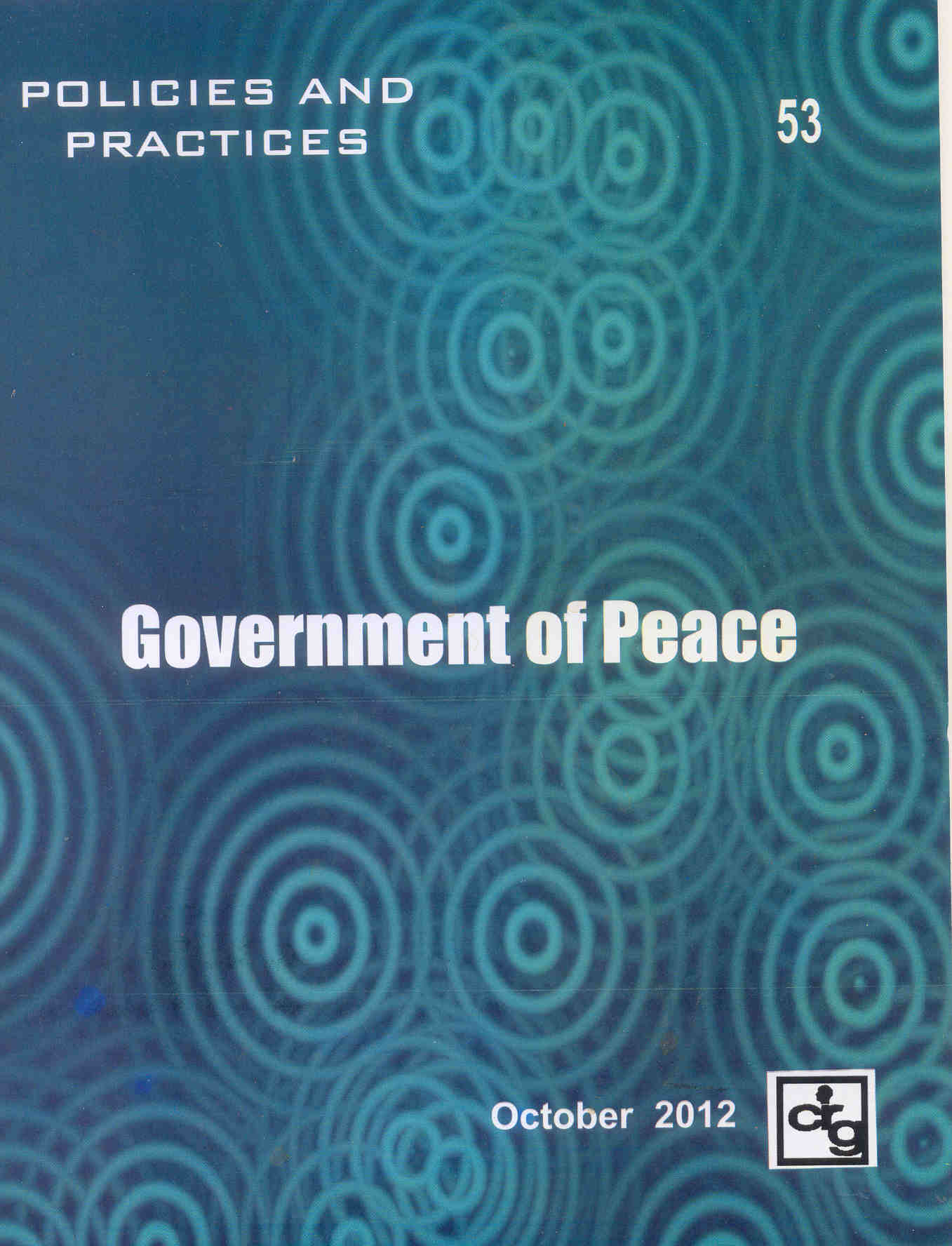 |
|||
|
Policies
and Practices 52 The signing of the Instrument of Accession, by Regent Maharani Kanchanprava Devi, made ethnic conflicts, regular in Tripura. Though earlier, various kings of Tripura had promoted Bengali migration, the Partition and Tripura’s merger with India changed the demography, which resulted in ethnic conflicts as more and more Bengalis migrated from East Pakistan.
Essay by
Subir Bhaumik |
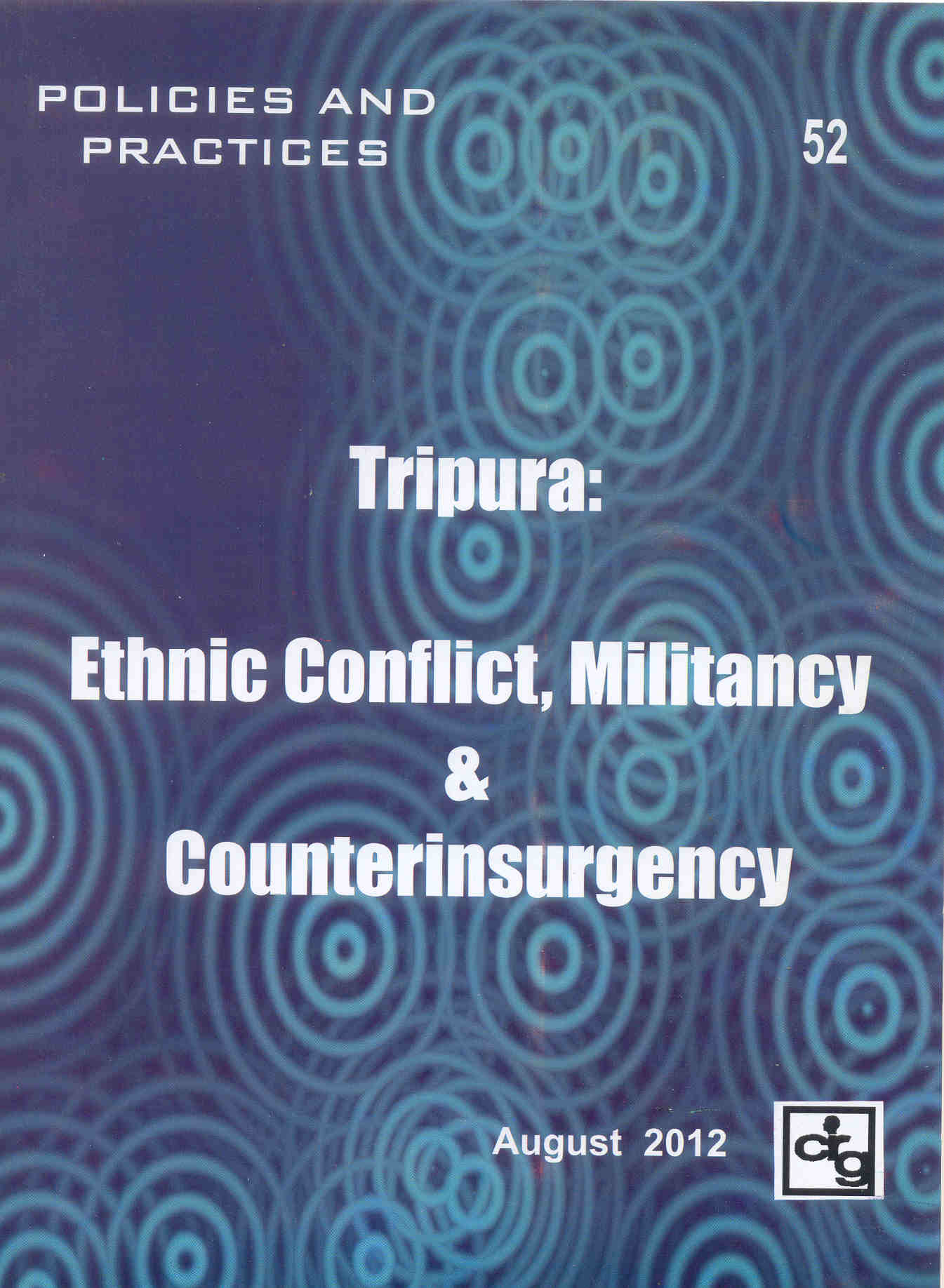 |
|||
|
Policies
and Practices 51 Women, Conflict, and Governance in Nagaland This paper analyses the negotiations of the women in Nagaland with a state that traditionally privileges patriarchal values. In their negotiations with the state the women undertook many innovative actions to fight violence and traditional injustices and create a more just society. The women’s groups in Northeast India have been instrumental in redefining security, be it their fight to repeal AFSPA, ensuring food security, ensuring securitization of life and livelihood through patrolling the neighbourhood and resorting to non-violent dialogues with the underground movements and the army, and creating innovative ways of engaging with the governments or fighting for the women’s land rights and reservation of seats for the women in the elections. Through their activism they have made the state realise that upholding their cause will help the cause of justice and peace. Women’s engagements with conflict and peace in Nagaland have transformed the traditional definitions resistance and thereby have serious impact on both gender roles and governance.
Essays by
Paula Banerjee and
Ishita Dey |
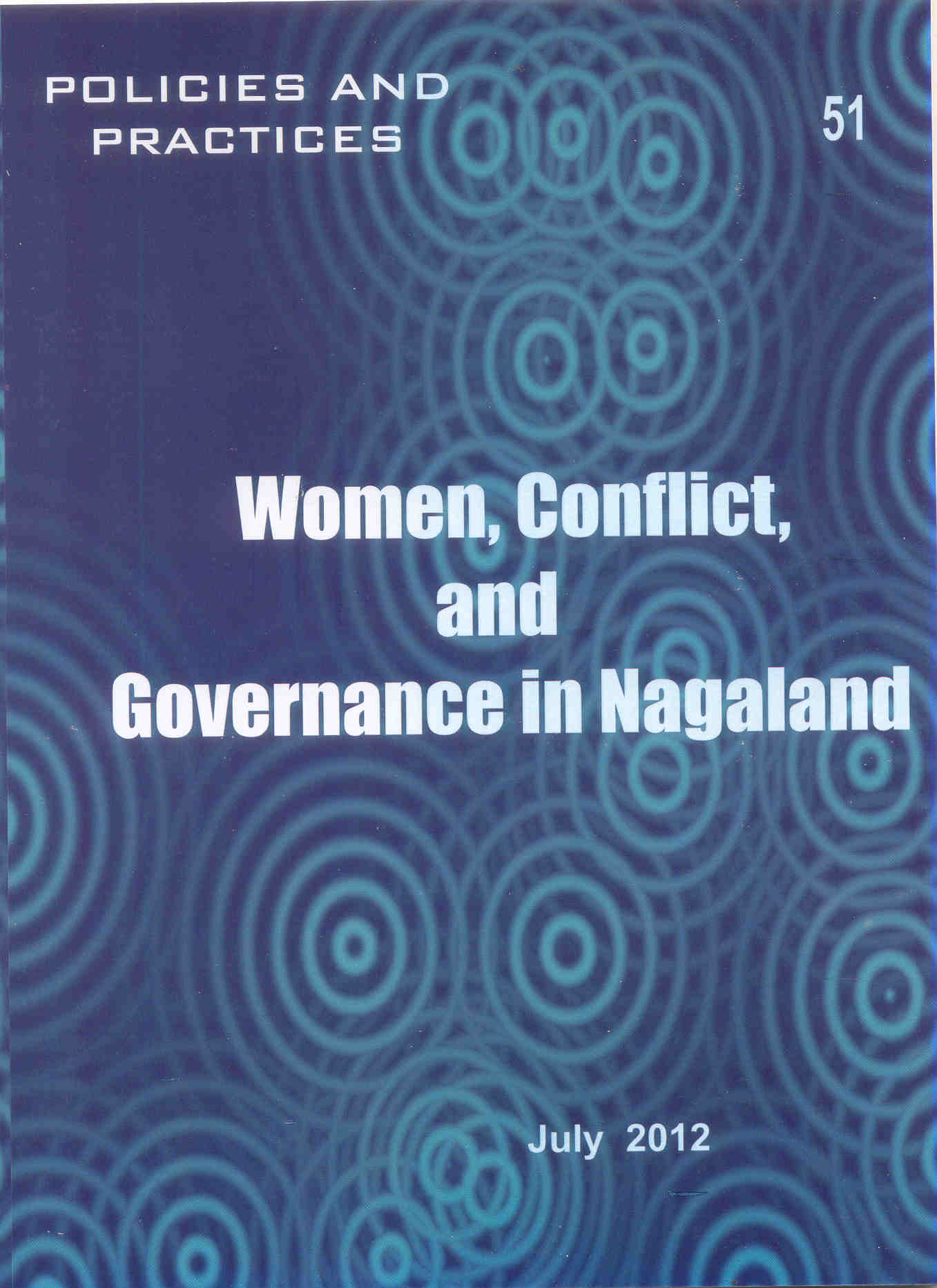 |
|||
|
Policies
and Practices 50 Peace by Governance or Governing Peace? A Case Study of the United Liberation Front of Assam (ULFA) This essay seeks to study changing forms and technologies of governance as a means of addressing – if not resolving – the conflicts that have hitherto marked Assam. Primarily focusing on the post-colonial times, the first part of this paper gives a general idea about the insurgency in Assam. The second part studies the ‘peace’ that has been produced through the deployment and circulation of various forms and technologies of governance. It seeks to study the location of the United Liberation Front of Assam (ULFA) in the politics of ‘peace’. The third part seeks to draw our attention to the newly emergent concern for rights, justice and democracy in the Northeast and how it has been playing a critical role in triggering off a series of new social movements in the region particularly in Assam. Insofar as the public agenda is being redefined, a new citizen seems to be surfacing in the region – a citizen who harps less on her distinctiveness from the outsiders or the foreigners as seen in course of the Assam movement (1979-1985) but more on the three key issues of rights, justice and democracy. The process is likely to be a trendsetter for peace in future – although it is highly unlikely that it will not face any reverses – given that the region has until recently been a standing witness to ethnic schism occasionally erupting into acute xenophobia, violence and insurgency.
Essay by
Samir Kumar Das |
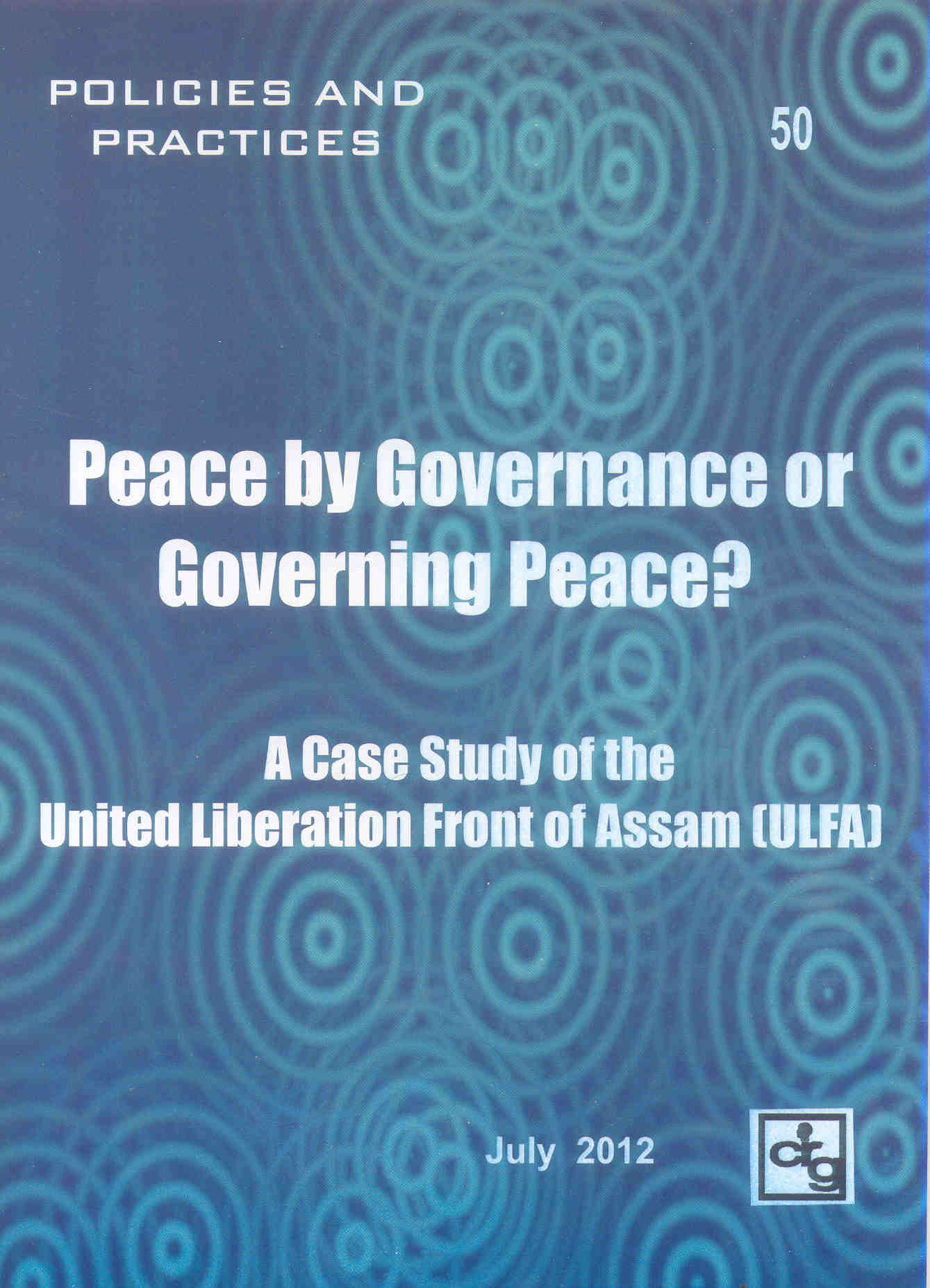 |
|||
|
Policies
and Practices 49 Emerging Spaces and Labour Relations in Neo-Liberal India Through a critical review of sociological literature on the Information Technology (IT) and its allied industry, and SEZs in India, this paper tries to understand the relations between flexibilisation of labour practices and its impact on the spatial aspects of work arrangement.
Essay by
Ishita Dey |
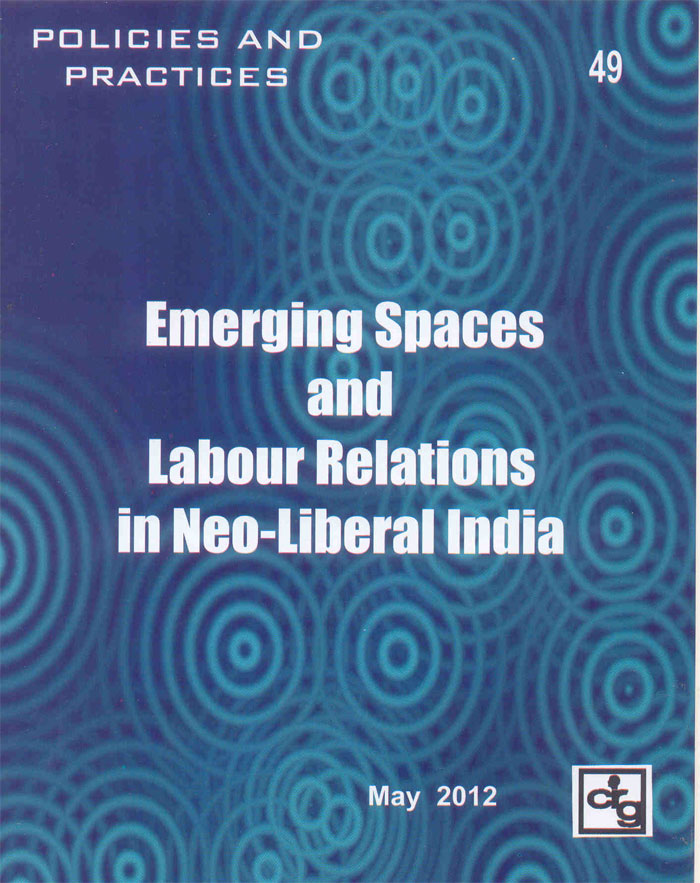 |
|||
|
Policies
and Practices 48 |
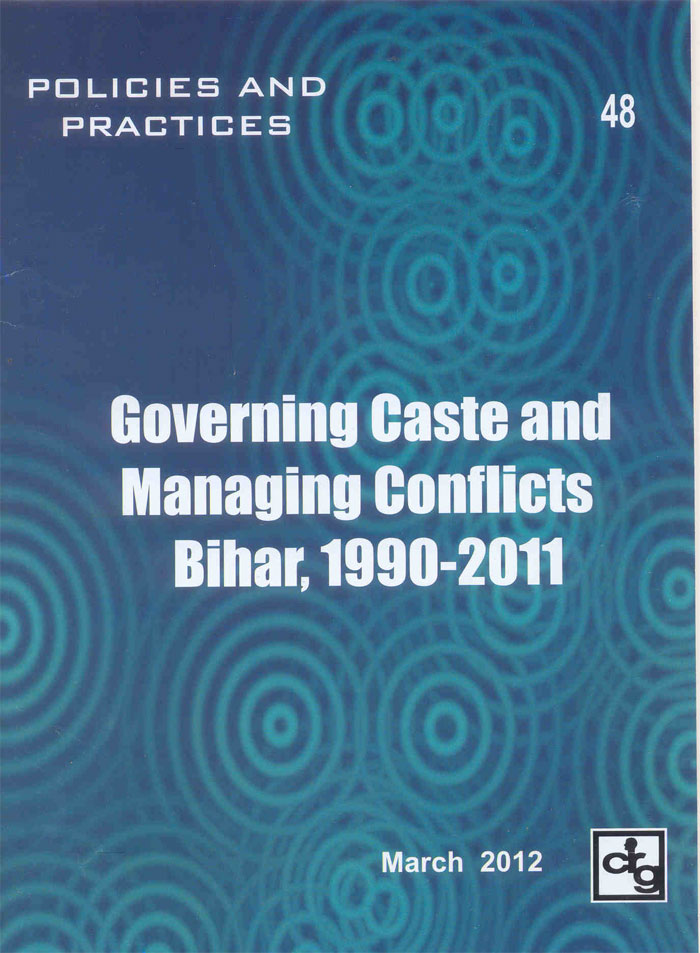 |
|||
|
Policies
and Practices 47 |
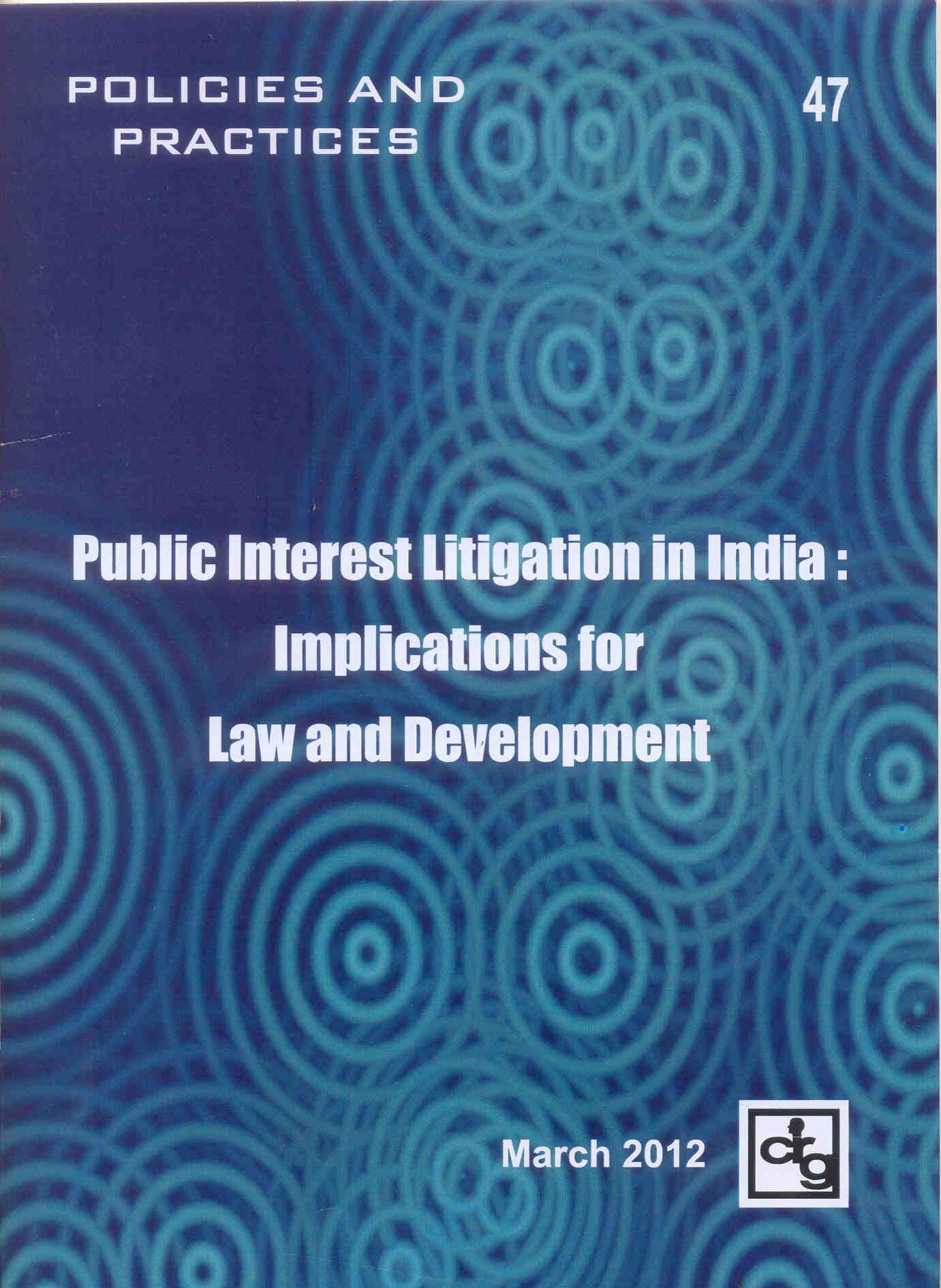 |
|||
|
Policies
and Practices 46
|
 |
|||
|
Policies
and Practices 45
|
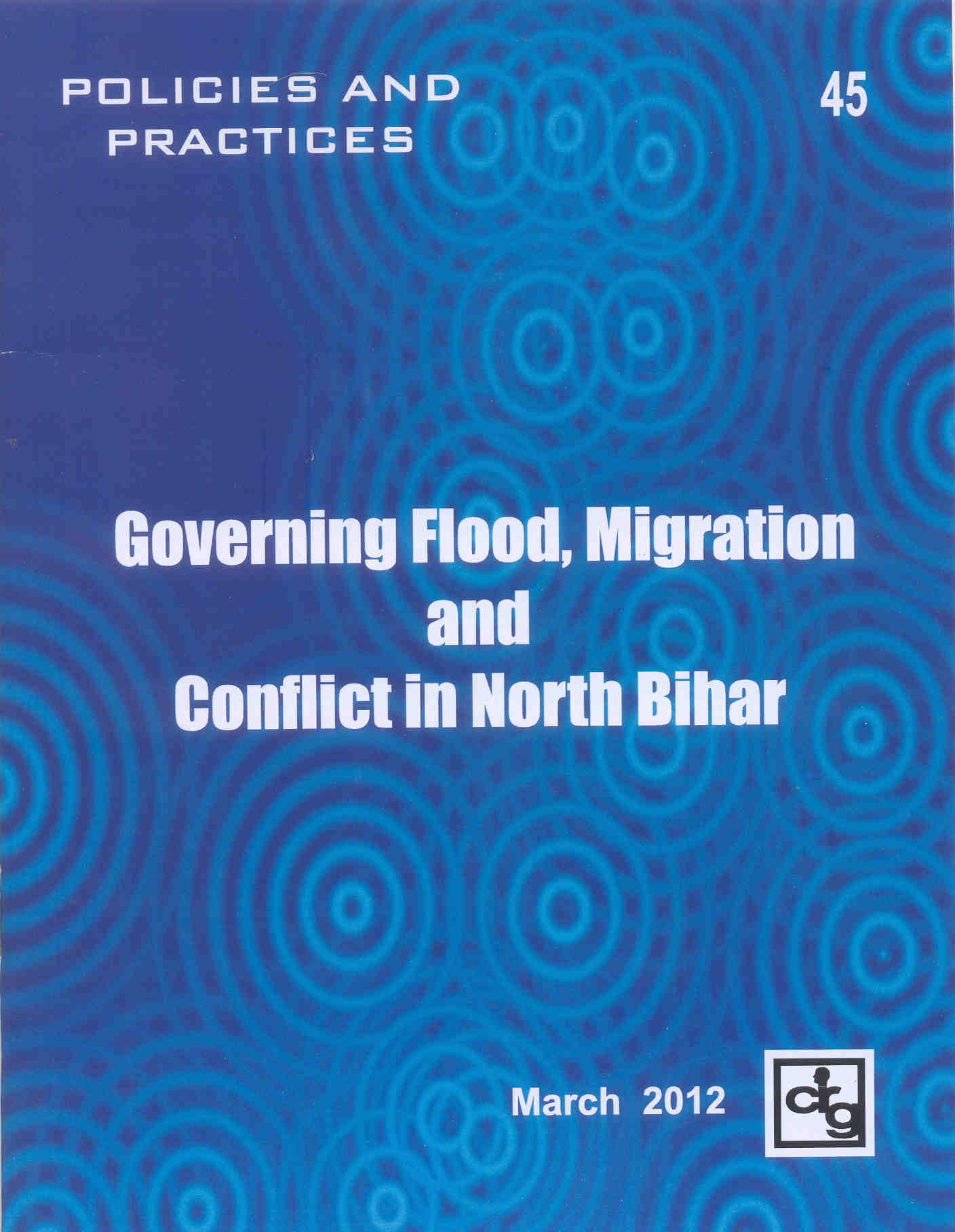 |
|||
|
Policies
and Practices 44 |
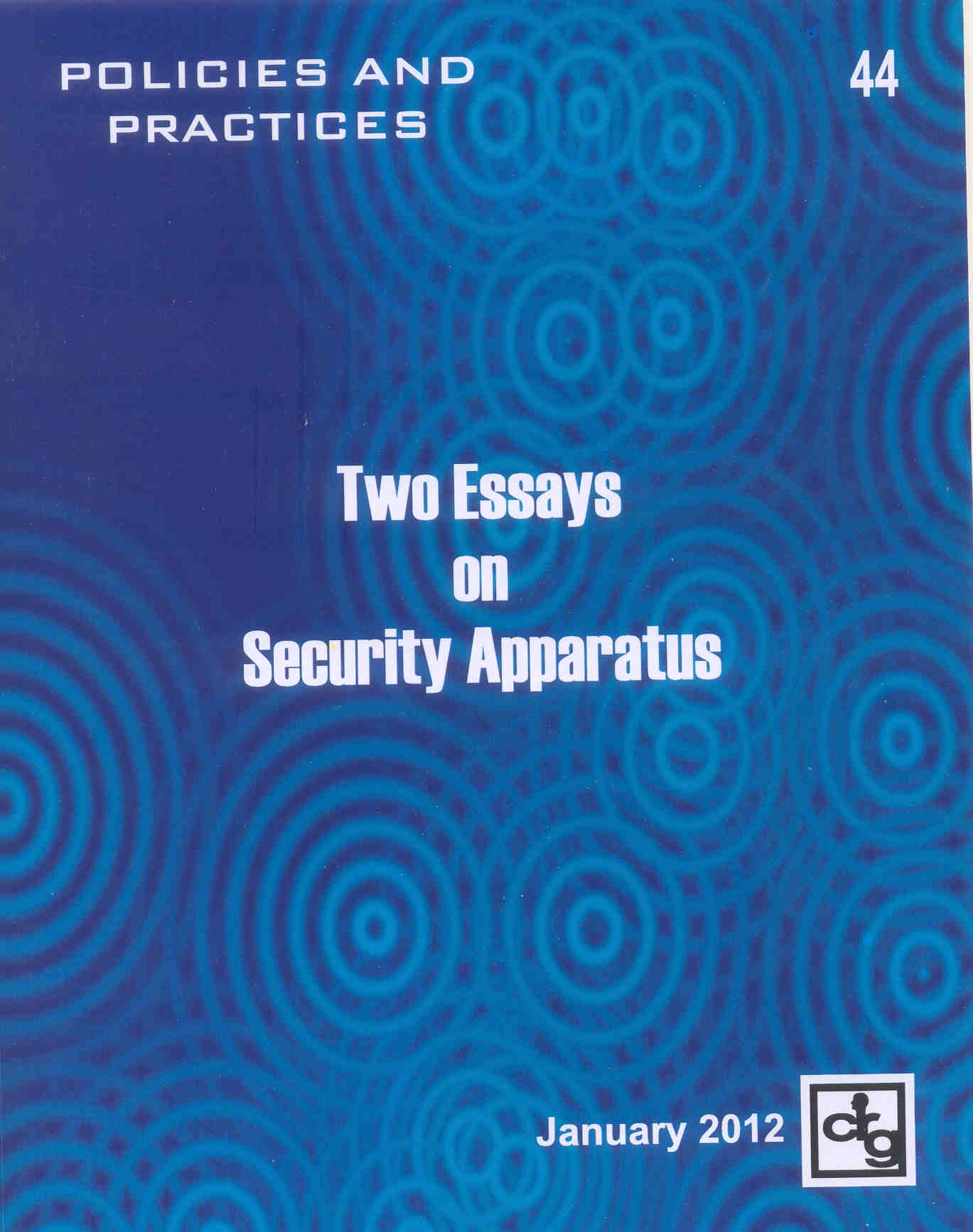 |
|||
|
Policies
and Practices 43 |
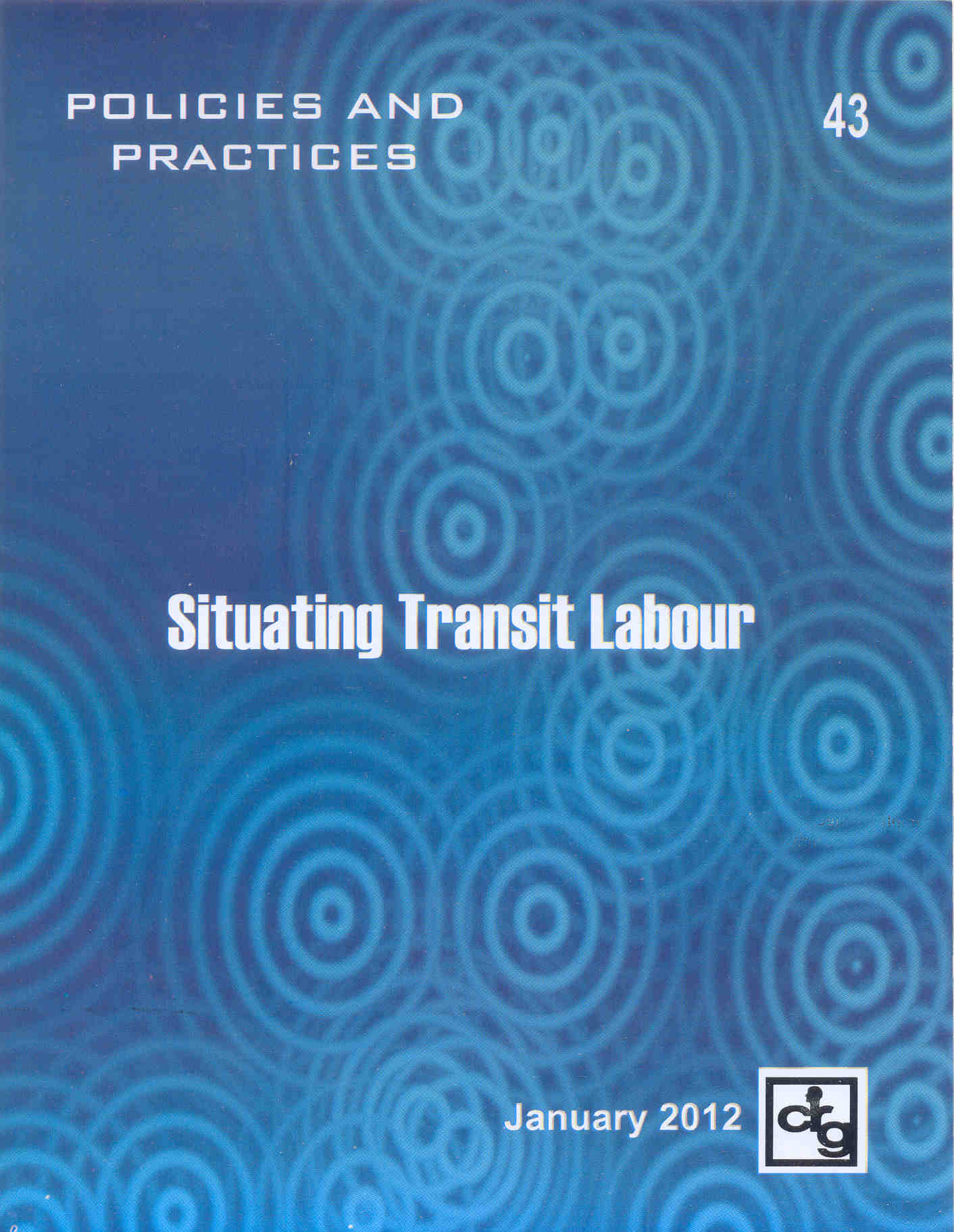 |
|||